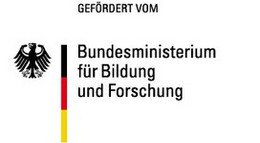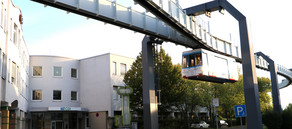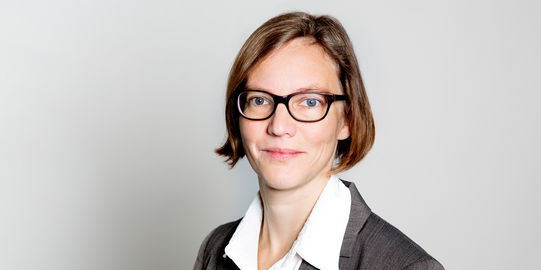Effectiveness of Vocabulary Support for Kindergarten and Primary School Children from Non-German Speaking Families
In this intervention study at the end of elementary school we investigated the potential of students’ native language (L1; Turkish) for vocabulary acquisition in German (L2). Students learned new vocabulary from context by reading texts, incorporating students’ L1 to different extents.
Funding

Project description
How can bilingual students be enabled to successfully participate in our educational system? In Germany, 42.4 % of students in elementary schools speak another language than German at home, mainly Turkish. Educational inequalities between students with and without German as their L1 can be explained to a wide extend by lower academic language skills in German. Therefore, fostering these skills in students’ with Turkish native language is essential. The Theory of Learning from Context provides a framework for vocabulary learning as an implicit instruction.

New vocabulary is presented within a context and readers derive the meaning by interpreting different cues in the e.g. reading text. Until now there has been little research on effectiveness of this method for bilingual students. For those students, their additional vocabulary in L1 might be useful for understand the context and thus for learning new vocabulary in L2.
For investigating the vocabulary acquisition intervention an experimental pre-post-test design was utilized, comparing two conditions of vocabulary learning, including text representation (A) twice in German, (B) in Turkish and German, (C) twice in German of them once with new vocabulary translation into Turkish and (D) a control group. Furthermore texts were presented in written and combined auditory and written representation forms. The supplementary study (InterMut-Audio) examines the influence of auditory presented text forms. Auditory presentation is assumed to be closer to everyday L1 and L2 communication which could be helpful to learn new vocabulary.
Lead researcher at IFS
Project management
- Dr. Annika Ohle-Peters
Project team
- Dr. Andreas Sander
External project partners
- Prof. Dr. Ilonca Hardy (Goethe-Universität Frankfurt am Main)
- Melihan Cinar (Goethe-Universität Frankfurt am Main)
Further information
Forerunner project: Potential of the First-language in the Support and Development of Language Skills and Competencies (POTentialErstSPRACHE) at the IFS.






![[Translate to English:] [Translate to English:]](/storages/ifs-ep/_processed_/8/5/csm_AdobeStock_412860748_9a2dbb816c.jpeg)
